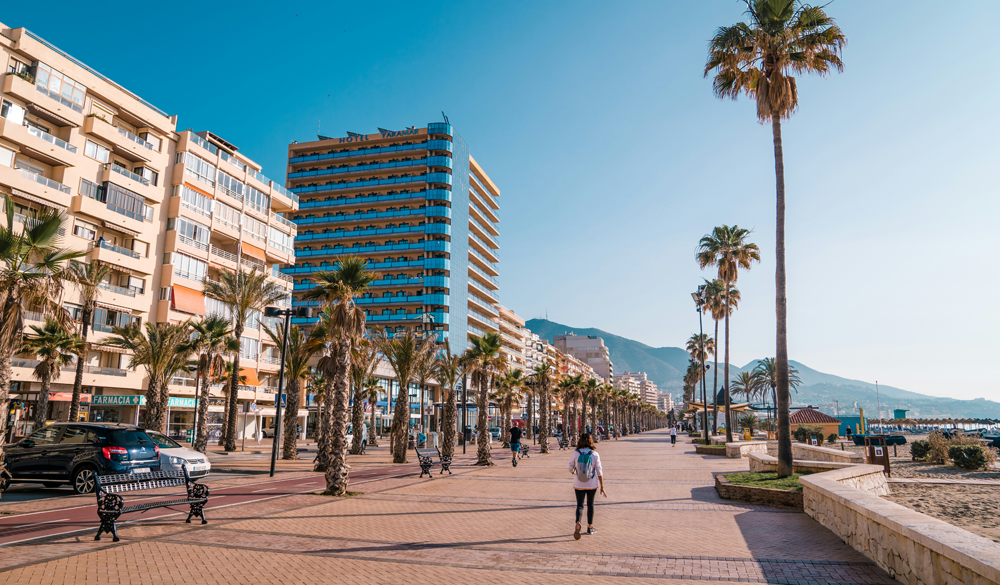Fabulous Fuengirola

Fuengirola’s multicultural mix means that there is always something to experience. From history to gastronomy, shopping to live events, Fuengirola has evolved from a small fishing village to a vibrant international resort.
The town itself is overlooked the Sohail Castle, and it was on the slopes of the castle that the first settlements originated, when the Phoenicians and then the Romans established small towns. The Romans called the area Suel, although what a time travelling Centurion would make of Suel now, that overlooks the Marenostrum Fuengirola music festival, is anyone’s guess!
Like Roman settlements on the coast, such as Salduba (Marbella), Suel was eventually taken over by the Visigoth and then became part of the Caliphate of Corboba. The Arabs renamed the castle and its surrounding fertile pastureland, used for the royal camels no less, “Suhayl”.
There was a yet another name change when the Christian rulers took back the town. The Arabic Font-jirola, became Fuengirola, but the subsequent decades saw the population dwindle. The frequent raids by Barbary Pirates to carry off the very unfortunate as slaves was one the more colourful factors…
The next invasion of the coast was more benign. By the early 60s Fuengirola was a fishing and agricultural village that attracted tourists from other parts of Spain. The arrival of mass tourism in the late sixties saw hotels and apartment buildings change Fuengirola to into an internationally popular holiday destination, especially amongst the Scandinavians, several of whom decided to move to Fuengirola on a permanent basis.
In the past few decades, the town has reinvented itself from a mass tourism resort to a diverse leisure destination. A major part of this has been the regeneration of some of the older areas with the installation of a series of large-format paintings by leading artists on the walls of some of the buildings in the 1980s.
The neighbourhood of "El Boquetillo" has also been embellished thanks to the Edusi programne and the collaboration of nationally and internationally renowned muralists, leading to the creation of an open-air urban art museum with more than 20 large works, known as "El Paseo de los Murales”. A casual walk through the streets also reveals a considerable amount of sculptures.
Fuengirola is also a shoppers’ paradise. The Miramar commercial centre, with its large variety of national and international brands, as well as restaurants and a multi screen cinema complex, is always a popular destination. As well as this, there are two municipal markets, and two traditional street markets - Tuesdays in the fairground and on Sundays in the Doña Sofia Park, and an antiques flea market on Saturdays, also in the fairground.
In addition Fuengirola is also the venue for several high profile events. One of the most popular is the Fuengirola International Fair, organised jointly by the Department of Tourism and the different national and foreign associations, entities and clubs. FIP, as the Fuengirola International Fair is known, takes place in April and May every year, with free entry to the permanent Fuengirola fairground.
At FIP you can experience a world tour in four days. There is infectious and interactive music, played by authentic bands who are visiting from their countries of origin for the express purpose of performing in this Fair. You can sample delicious national dishes and exotic drinks and shop for typical products. It is a truly wonderful and colourful international celebration!
And if you like your music live and loud, the grounds of the Solhail Castle are the setting for the Marenostrum Fuengirola music festival. Attracting international superstars such as Jennifer López, Bob Dylan, Santana and Sting, this year’s line-up includes Manu Chao and US rockers Queens of the Stone Age.
Popular posts



